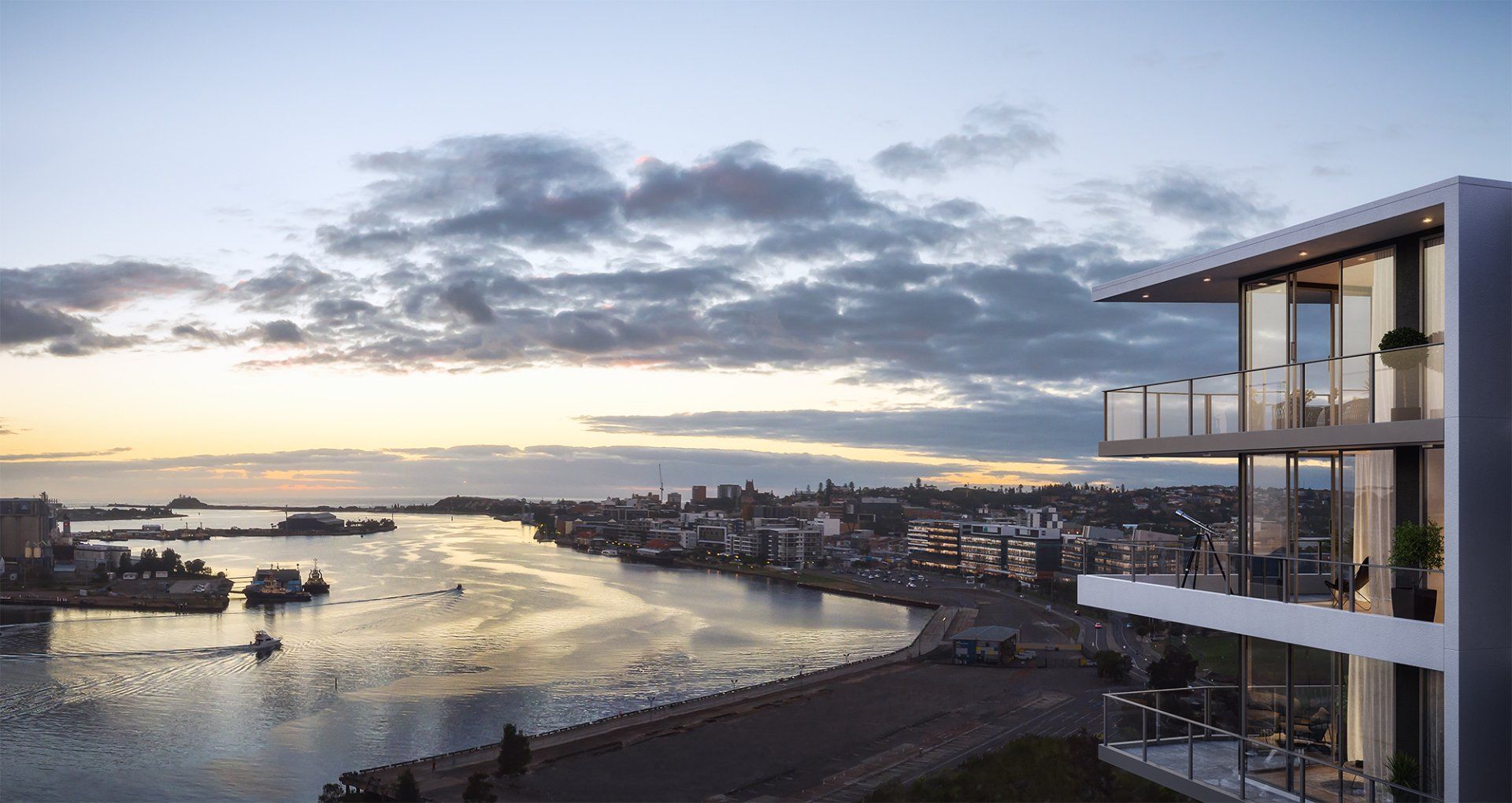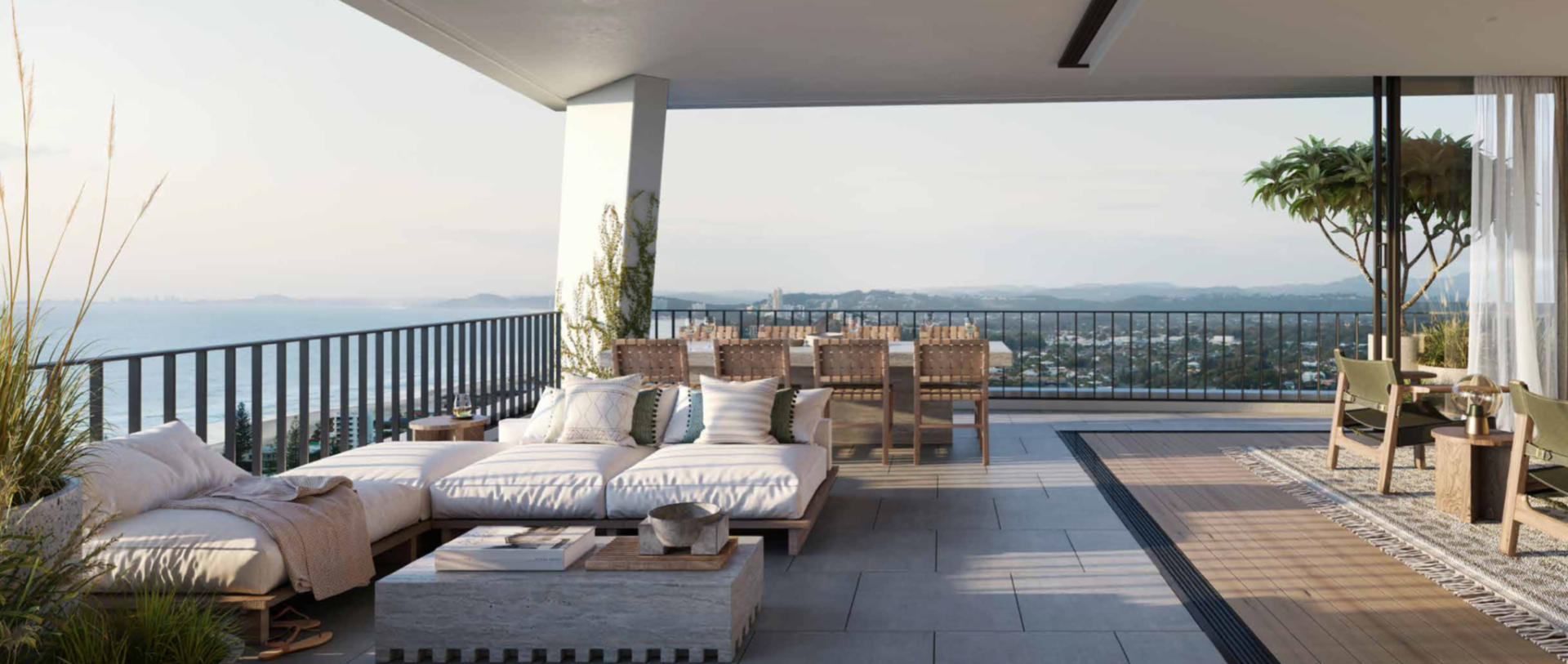What's hotand what's not?
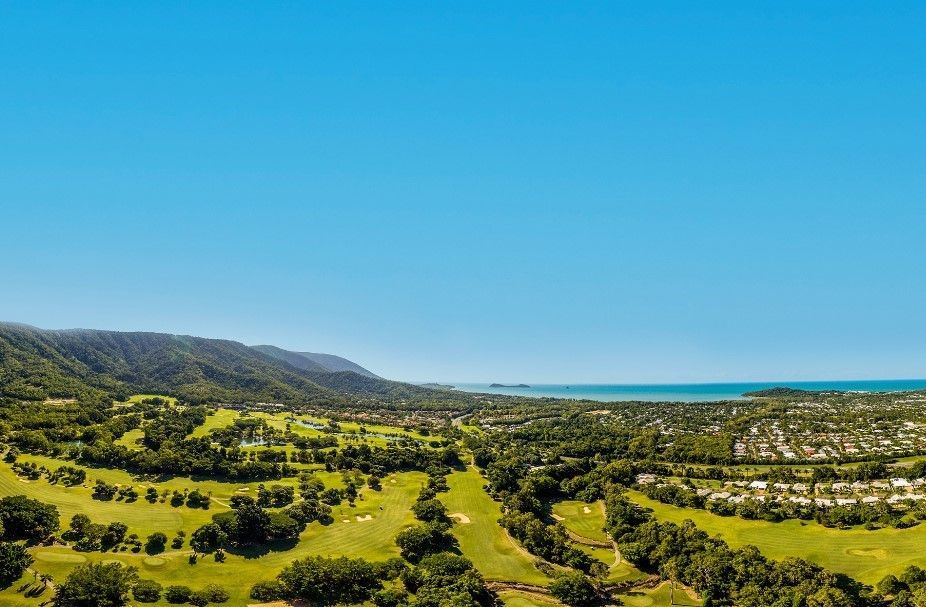
| Quiet simply, the Palms is the place to buy! |
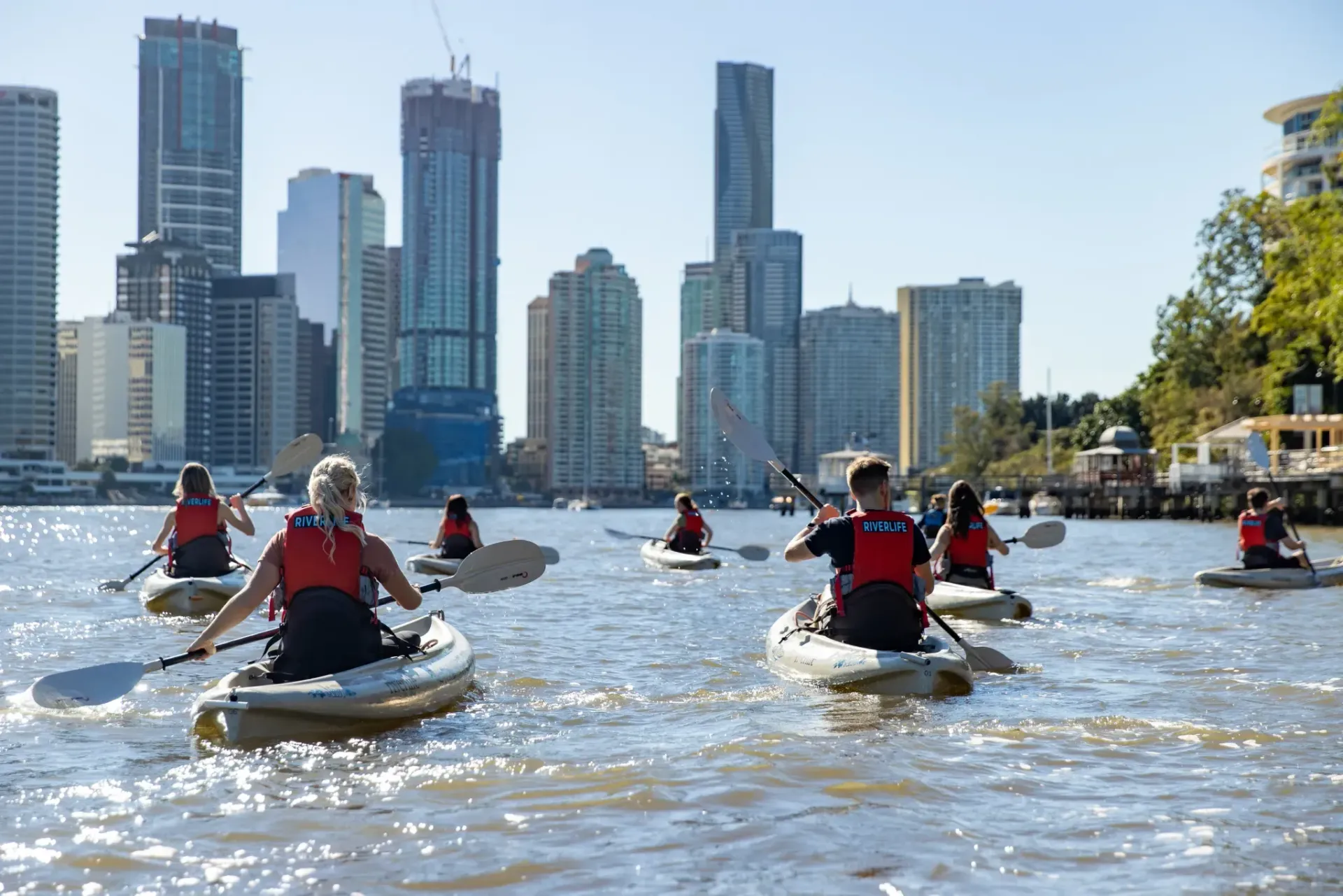
Sydneysiders and Melburnians, put aside your equally outstanding flat whites for a moment. Stop bickering about whether great beaches beat cool laneways (they do) and desist from debating whether all baristas require waxed moustaches (ideally).
Because Brisbane is closing in on the title of Australia’s best city, and we must join forces to keep this subtropical upstart in its place.
Time magazine recently named Brisvegas on its “World’s Greatest Places” list, and omitted our cities. It’s a huge shock (and who knew they still published Time magazine?). But they might be onto something.
Time points to the 2032 Olympic and Paralympic Games, which will be hosted in the maroon metropolis. Brisbane will do a fine job, even though it’ll baffle the world when rugby league is added to the schedule and Queensland is allowed to field its own team.
Time’s most radical claim is that Brisbane is worth visiting now, but tourism is surging. Not only did Lin-Manuel Miranda recently drop in to catch Hamilton , but hundreds of Hamilfans flew up to watch his interview with Leigh Sales (presumably unaware that it would subsequently arrive on iView for free).

A leading local agent has appraised each side of these duplex's to be worth $665k on completion and rent for $495 per week. So that is massive potentail instant equity of up to $390K on completion, which is incredibly hard to find.
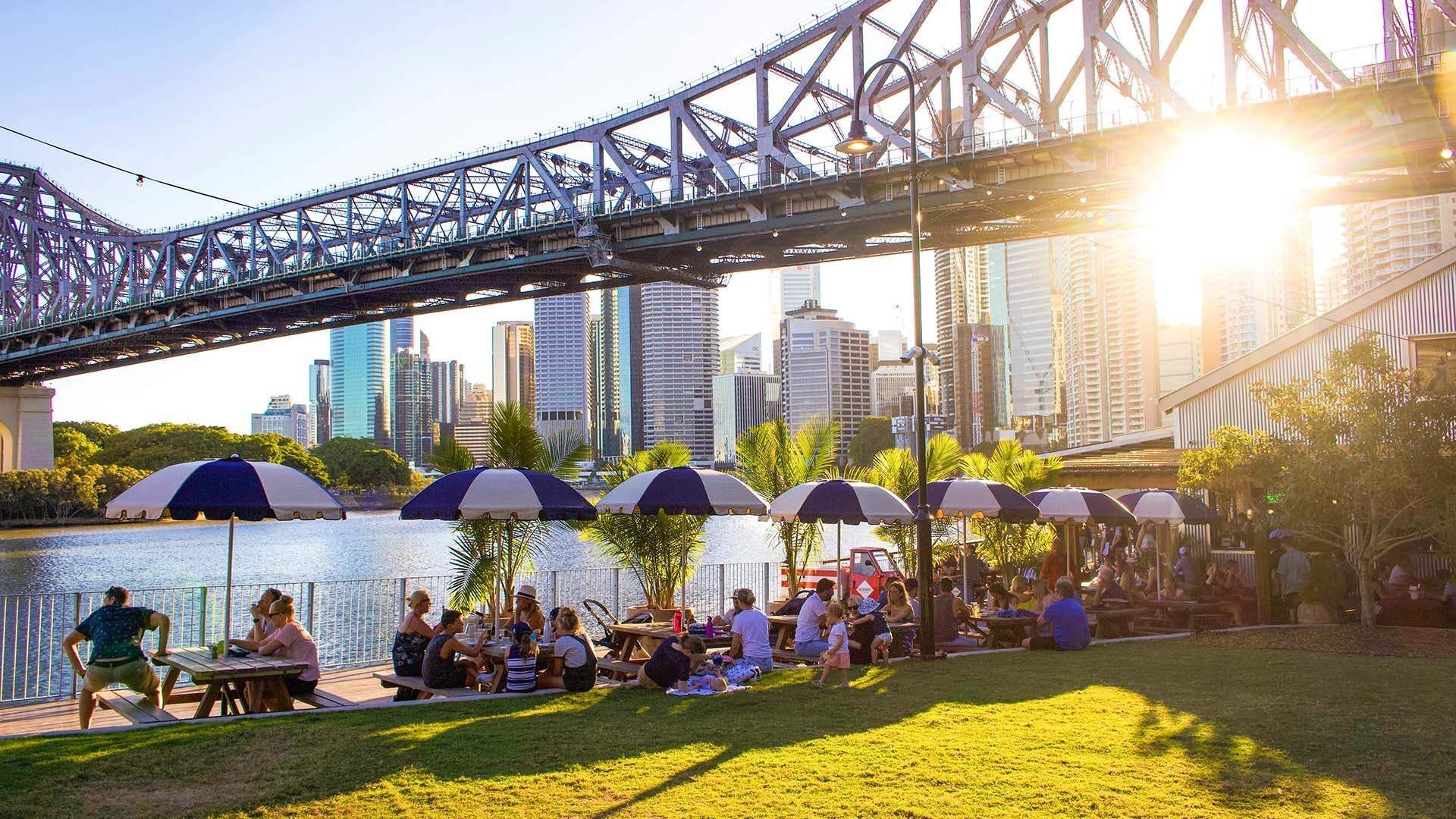
If you ever needed an excuse to enjoy the Sunshine State's capital — whether you're a local or a visitor — this is it.
Sydney might be world-renowned for its harbour, bridge and Opera House, and Melbourne's food and live music scenes might've won it plenty of fame and acclaim, but neither Australian city is one of the world's greatest places of 2023. Each year, TIME magazine singles out 50 locations around the globe that it considers extraordinary — and that travellers should make it a priority to visit — with just two Aussie destinations making the latest cut.
Kangaroo Island keeps earning praise in 2023; already, The New York Times has named it one of the best places to head to this year in its version of the same type of list, and the South Australian spot's Stokes Bay topped Tourism Australia's best ten beaches for 2023, too. So, its place among TIME 's picks is hardly surprising. But the publication also chose one Australian state capital: Brisbane.
Move over Sydney and Melbourne — the rivalry that the New South Wales and Victorian capitals have is pointless, with the Sunshine State just sweeping in and nabbing the glory. In three words, TIME shouted out Brissie's "sports and sun", but it had more to say. And, while the hosting the 2032 Olympic and Paralympic Games obviously got a mention, that's also just the beginning.
"The capital of Queensland is already gearing up with ambitious infrastructural advancements, which visitors can enjoy before the crowds pour in," TIME notes. It then shouts out United Airlines' new direct flights between San Francisco and Brisbane; the soon-to-open Queen's Wharf with its bars, restaurants, four luxury hotels and sky-high observation deck; and co-hosting the 2023 FIFA Women's World Cup.
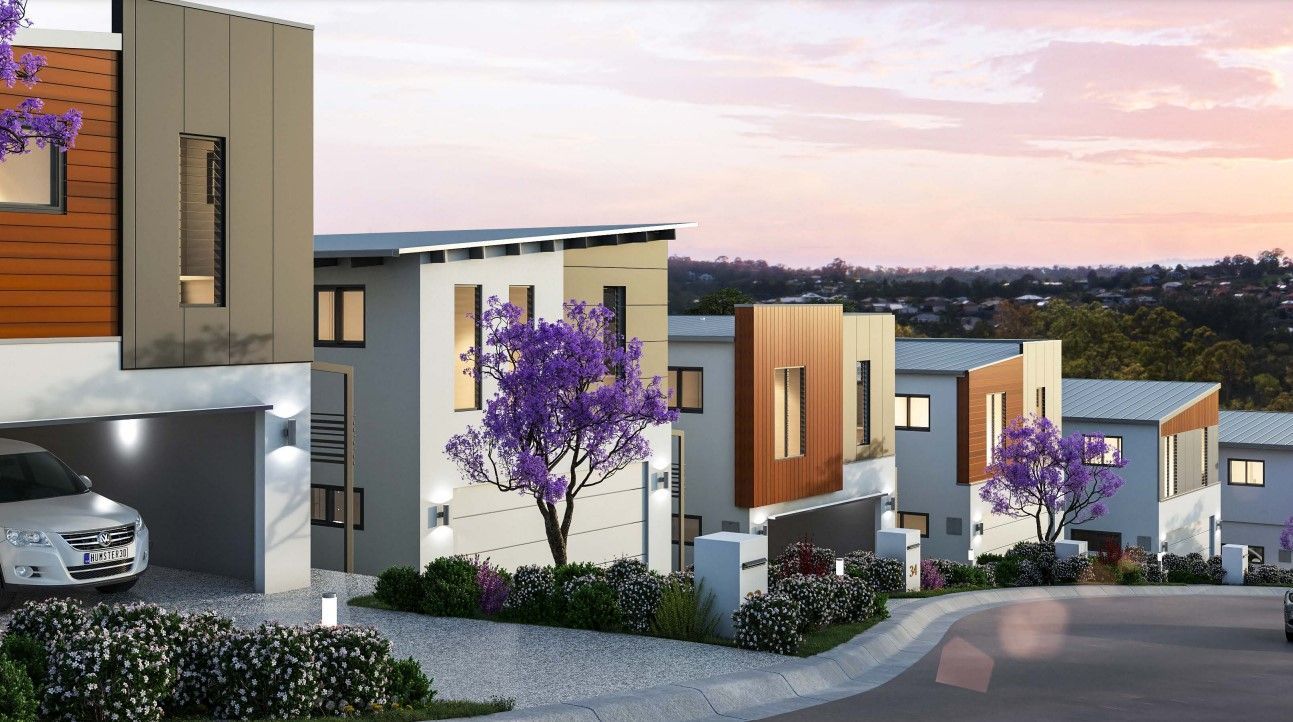
We're excited to introduce to you this incredible development located at Oxenford on the Gold Coast. This boutique estate of 58 lots has previousy only sold to owner occupiers. The final release of the last 18 lots are launching this week, so they won't last long!
These remaining lot's are avaiable to either an investor or owner occupier. They present a great opportunity at an unbelievable price. If you or anyone you know is looking to invest or purchase their own home.
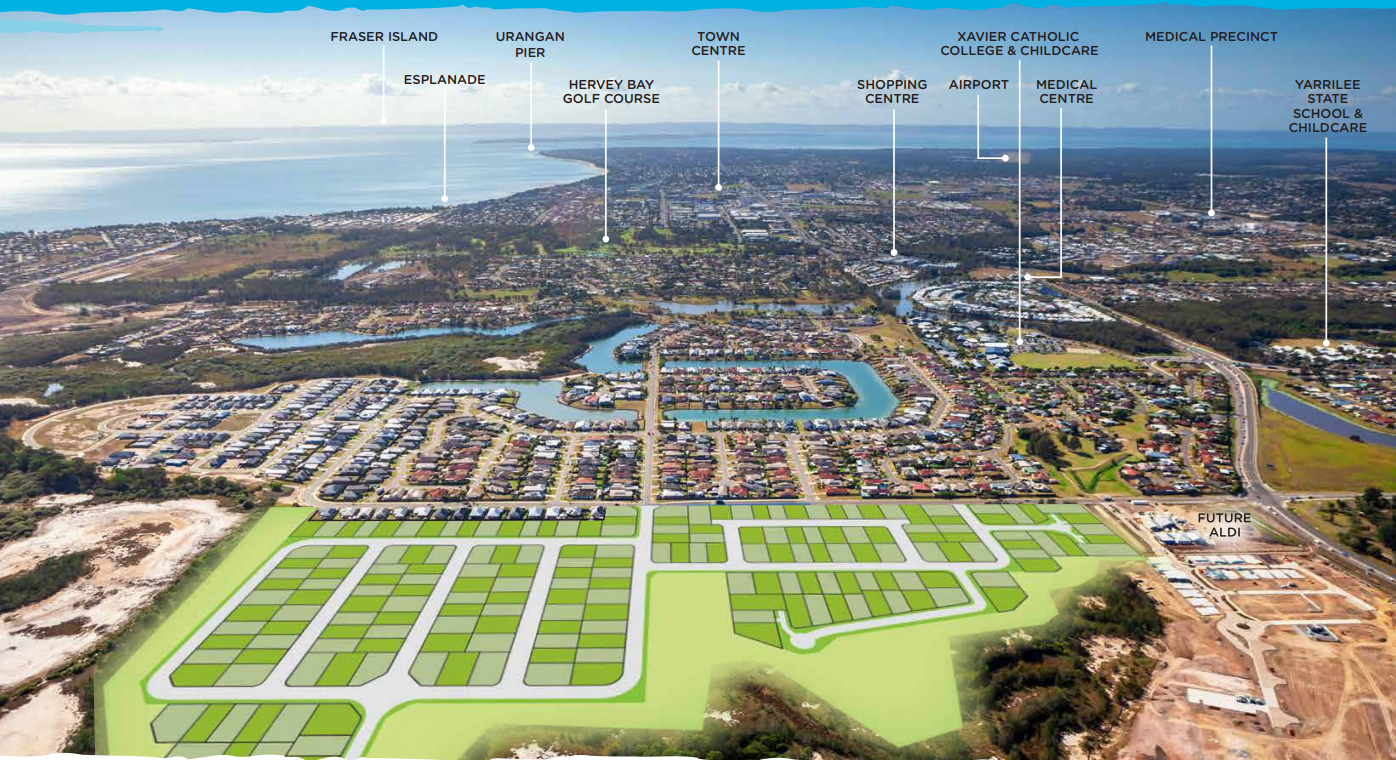
|
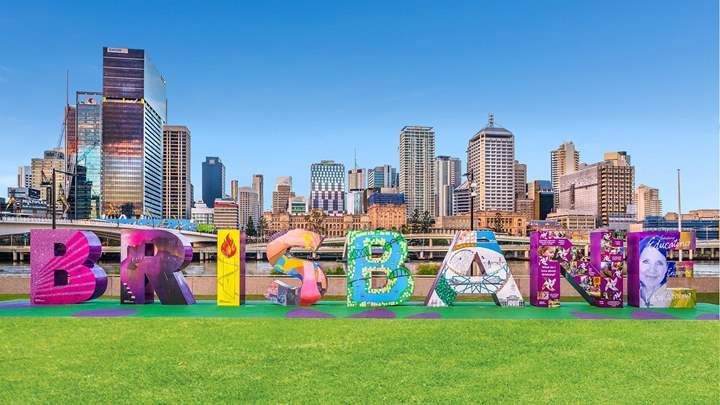
Property market conditions are strengthening, even with the prospect of further rate rises, but supported by the view that we are very close to the peak of the current RBA tightening cycle.
Stock on the market in Brisbane remains exceptionally tight, with sales listings 29% below the five-year average, according to CoreLogic. The article below from Terry Ryder, talks about these key factors that are driving the Brisbane property market.
Brisbane and Queensland are among the biggest targets for property investors in 2023 – and for very good reasons.
In many respects, when it comes to the key factors that drive real estate markets forward, all roads lead to Queensland.
Investors seeking the best place to put their money want to see a strong economy, they want to know that the population is growing, that big money is being spent on new infrastructure and that there is growing focus on the region they’re targeting.
They also want real estate that’s affordable, where demand from tenants is strong and rents are growing, and in many cases in the current climate they want above average rental yields.
Queensland and its state capital tick all those boxes.
With steady population growth, substantial infrastructure spending and the prospect of the 2032 Olympics, the Brisbane property market is expected to outperform many of its capital city counterparts.
After a Covid-led property buying surge in 2021 and into 2022, there was a downturn in Brisbane from early in 2022, although this decline started to lose momentum in the final quarter of 2022.
While there was a drop in sales activity overall in 2022, particularly at the top end of the market, sales levels still remain above historic norms.
Hotspotting analysis shows that the cheapest sectors of the market in the outer ring suburbs have still been performing quite well.
So too have well-priced apartments in the inner-city suburbs.
Some media sources have claimed that Brisbane prices dropped at record rates in 2022, but data from reputable research sources strongly disagrees.
Both Domain and PropTrack record only very minor decreases in property prices – less than 1% in 2022. And SQM Research still has Brisbane values higher than a year ago.
In January 2023, CoreLogic research director Tim Lawless told the ABC: “We’re still seeing Brisbane housing prices about 28% above what they were before the pandemic.”
He said: “The thing to keep in mind is most homeowners in Brisbane are still sitting on a substantial amount of equity.”
There were also signs in early 2023 that more buyers are returning to the market.
PropTrack data shows Greater Brisbane’s auction clearance rate in the last week of January 2023 was up 49% on the previous week, its highest level since interest rates started to rise in May. Improved clearance rates continued in February.
One of the appealing features for Brisbane is that it remains highly affordable, especially when compared to the southern capitals.
At $775,000, Brisbane’s median house price is well below Sydney’s ($1,205,000), Canberra’s ($950,000) or Melbourne’s ($900,000).
Similarly, at $490,000 Brisbane’s median unit price is considerably lower than in Sydney ($770,000), Melbourne ($585,000) and Canberra ($600,000).
With borders open and overseas migrants and students returning, demand from renters and buyers of units has risen – and vacancies have dropped markedly – both in the inner-city areas and across Brisbane generally.
The vacancy rate for Brisbane has been below 3.0% for the last three years, only briefly rising to 2.8% when the pandemic hit in April 2020. It has been falling since and is now 1.1%.
Properties available for rent in the Brisbane market overall dropped significantly in the past year as rental listings fell from 11,500 two years ago, 7,500 one year ago and to about 6,000 now.
The student accommodation market, in particular, is the tightest in the country.
Domain’s quarterly Rent Report (December 2022) found Brisbane had the second highest annual increase among the capital cities in rental prices (after Perth) for both houses and apartments.
PropTrack economic research director Cameron Kusher said rents will continue to rise in 2023.
He said: “There’s just not enough stock. Landlords have had scope to put up rents quite significantly and there’s no sign of that really changing in 2023.”
So, Brisbane is boosted by an improving economy, increased spending on major new infrastructure, and rising demand at a time of low supply, against a background a high population growth.
And, thankfully, the State Government’s ridiculous plan to increase land tax has been scrapped because it was untenable and unworkable.
So Brisbane, overall, is shaping up as a leading market to be in, in 2023 and beyond.
Article courtesy Terry Ryder from Hotspotting 1/3/23
If you're looking to invest in the property market for the first time or are a seasoned
investor
looking for options, we'd love to chat with you!
Let us assist you and show you opportunities that are available, check out our
property page
or
contact me
for a Zoom meeting.
schedule a Zoom Meeting
here

I came across this article this morning courtesy of Terry Ryder from Hotspotting, and wanted to share it. It's worth a read if you are a property owner, investor or if you are considering entering the property market in 2023. The sentiment that the market is improving is backed some pretty solid research by several different sources. Please read and reach out and let me know your thoughts or if you have any questions about the article.
There is a growing body of evidence that property market conditions are strengthening.
Against a backdrop of an ever-tightening rental market and increasing rents, there are signs of rising buyer activity and stronger prices.
Auction clearance rates are showing steady improvement in recent weeks and a number of research entities are recording price growth, in defiance of high inflation, rising interest rates and relentlessly negative media.
The more positive data began with the release of Domain’s price report for the December Quarter.
This recorded house price growth in five of the eight capital cities.
Then came figures from SQM Research which showed most capital cities recorded price growth in January for houses – and all but one of them recorded growth in median prices for apartments.
In recent weeks, the CoreLogic value index has shown small increases and their latest price report published on 1 March showed growth in Sydney house prices for the first time in almost a year.
And overall it indicated that, nationally, dwellings prices fell just 0.1% in February.
But there was even more positive data from other credible sources, including PropTrack and SQM Research – both of which have prices rising nationally in February.
The SQM Research price data for February showed that house prices rose in four of the eight capital cities, including a 1% rise in Perth and a 1.2% monthly increase in Hobart, with Brisbane and Darwin also recorded increases.
With apartments, SQM reported price increases in February in five of the eight capital cities.
The latest data from PropTrack is also full of positive data on property prices – with the national averages showing both house prices and unit prices rising during the latest month.
PropTrack says house prices rose during February in Sydney, Melbourne, Brisbane, Adelaide, Perth and Darwin – in fact, in every capital city except Hobart.
There was also house price growth, according to PropTrack, in the regional markets of Victoria, South Australia, Western Australia, the Northern Territory and Tasmania.
Now, we’re not speaking of large increases – less than 1% in most cases – but ANY level of increase at the moment is notable, particularly when media keeps stating that prices are nosediving everywhere.
For the unit markets, PropTrack recorded growth in February in Sydney, Melbourne, Brisbane, Adelaide, Canberra and Perth – as well as in the regional markets of Queensland, Western Australia and Tasmania.
Auction clearance rates have improved recently, with consecutive weeks in which the national clearance rate has topped 70%.
And consumer sentiment towards real estate is improving, with an API Magazine survey indicating that 50% expect prices to rise this year and a further 20% expect them to stay the same.
Commentators like Stephen Koukoulas are noting the improvement in the market – declaring that house prices appear to have stopped falling and that “the worst is over for house prices”.
High profile agency figure John McGrath this week published a blog under the headline: “Buyers are more decisive as the market stabilises”.
McGrath said: “I think we are either at, or approaching, the bottom of this property cycle – and it looks like many buyers agree.”
Perhaps the most remarkable report came from the Unconventional Economist Leith van Onselen, who rages daily against residential property and generally takes any opportunity to talk down the market and to forecast a price crash.
On 24 February he said, through gritted teeth: “Sydney house prices continue to bounce back, according to the CoreLogic dwelling values index. Sydney dwelling values have actually rebounded 0.26% over February.”
When this source says something positive about real estate prices, you know something significant is happening.
The general tone in news media is gradually improving, with an increasing number of articles with headlines like “Top locations defying the downturn with double digit price growth”.
Some of the articles based on the latest Home Price Index from PropTrack declared that Hobart is the only capital city where house prices fell in February, that the decline in Melbourne house prices has stalled and that Brisbane house prices have risen for the second month in a row.
A headline in The Australian newspaper on 1 March declared: “Key evidence that the housing crash is bottoming out.”
While I would dispute their claim that we’ve had a housing CRASH, I appreciate the acknowledgement that things appear to be improving.
But, of course, some of the usual suspects couldn’t help themselves – they felt compelled to ignore any hint of positivity and worked hard to find a negative to put in their headlines.
The Australian Financial Review, the worst tabloid rag in the nation when it comes to coverage of the housing market, managed to find someone to declare that the improvement in the price data was a false dawn.
But who did they turn to, in their desperation to turn a positive into a negative?
The worst real estate forecaster in the nation, AMP Capital chief economist Shane Oliver, who has devoted years to forecasting price collapse in Australia – and hasn’t been right yet, not once, not ever.
So, putting aside the inevitable negativity of the Financial Review, the overall picture for property prices across Australia is one of solid improvement.
Article courtesy Terry Ryder from Hotspotting 2/3/23
If you're looking to invest in the property market for the first time or are a seasoned
investor
looking for options, we'd love to chat with you!
Let us assist you and show you opportunities that are available, check out our
property page
or
contact me
for a Zoom meeting.
schedule a Zoom Meeting
here
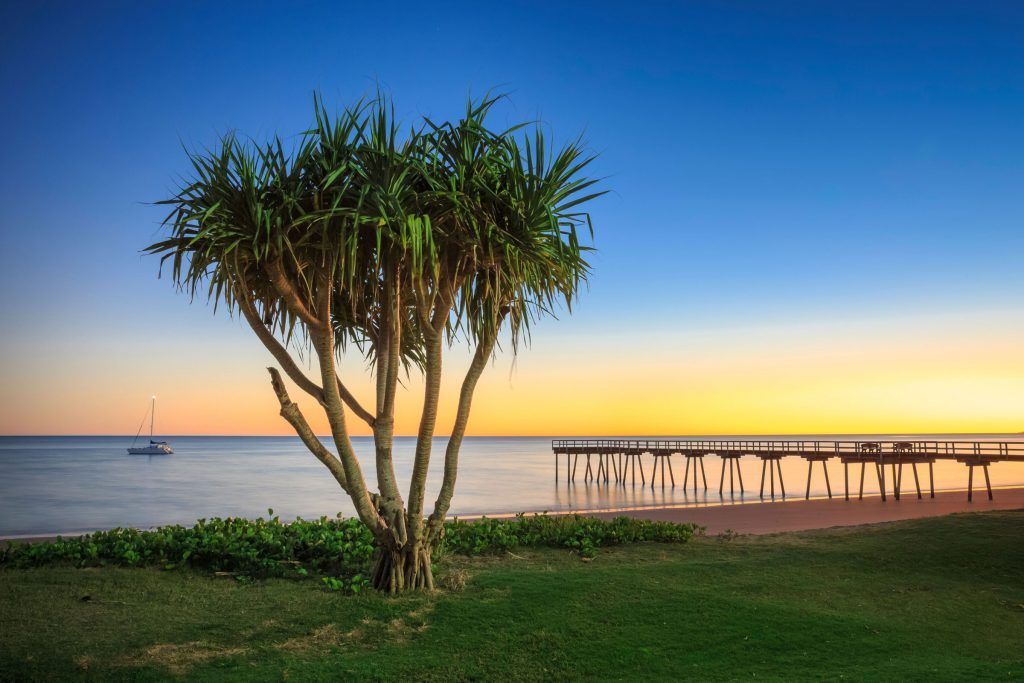
|
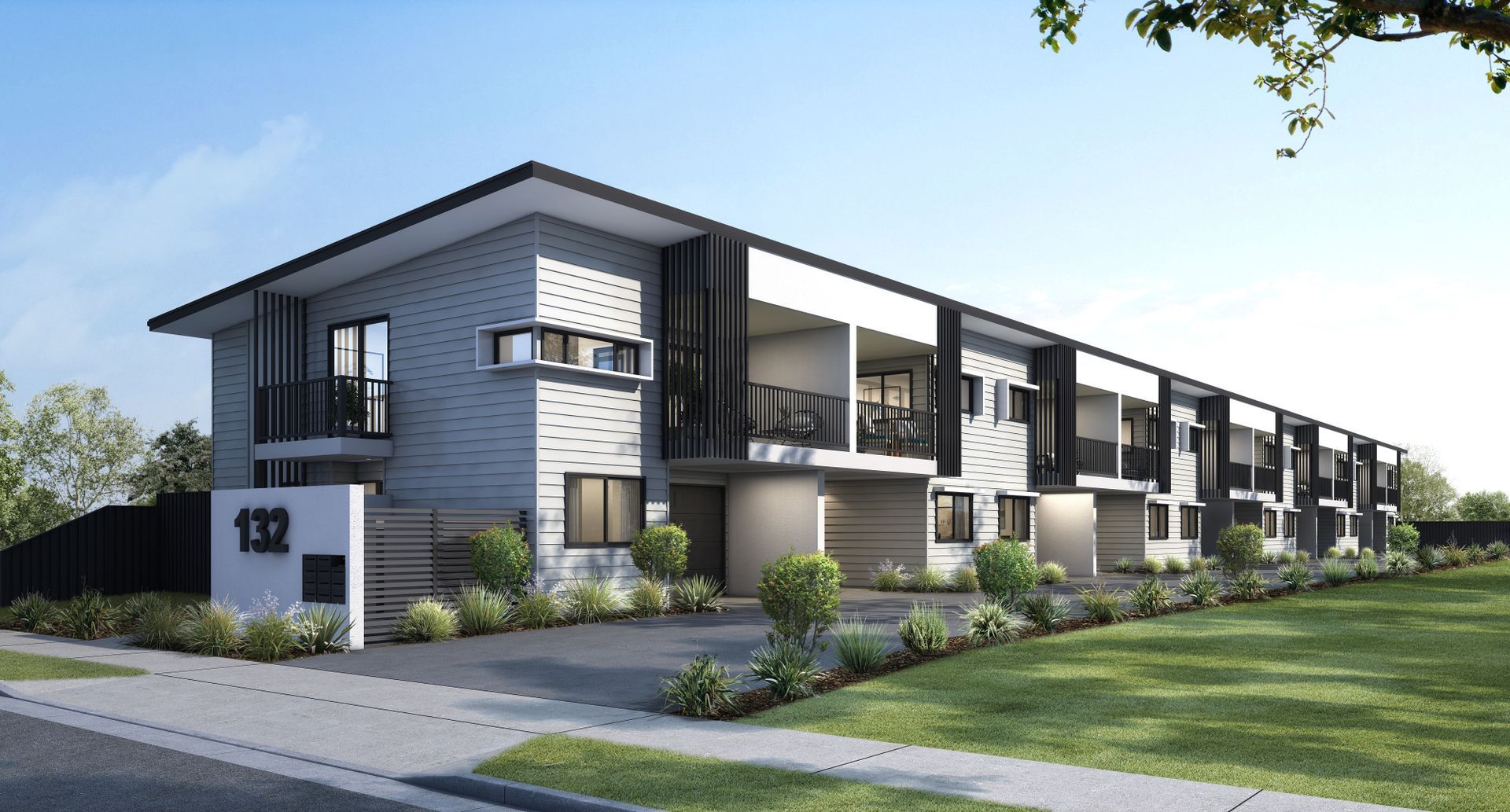
| This great development came across my desk recently and I wanted to share it with you. It's a fabulous price point and located in the fast growing northern corridor of Brisbane.
|

